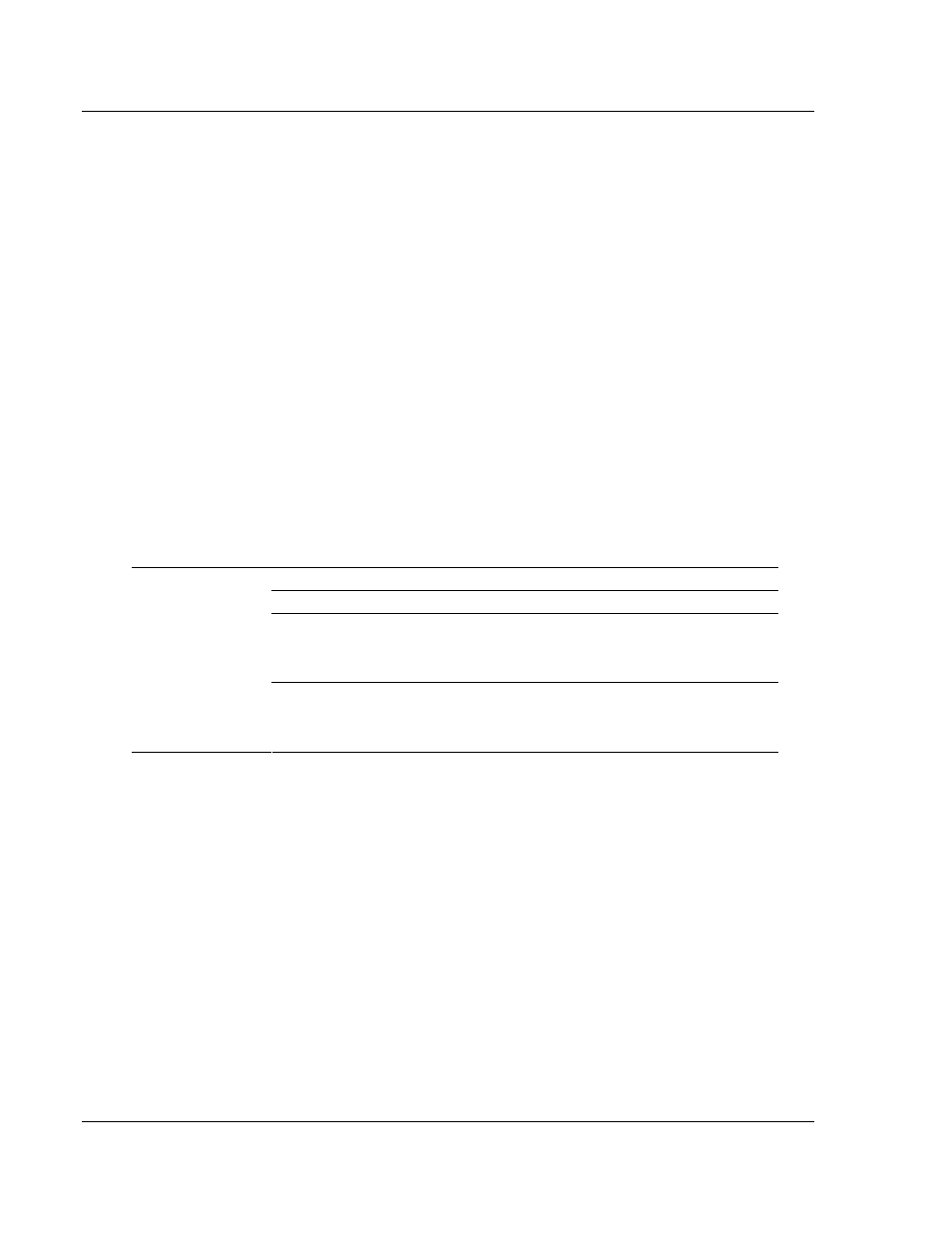ProSoft Technology 5201-104S-103M User Manual
Page 20

Web Server
Web Page Construction
Page 20 of 35
ProSoft Technology, Inc.
September 28, 2005
5.5
Using Frames and Tables to Lay Out Pages
Two commonly used HTML components are tables and frames to format a page
into a more readable or presentable format.
Tables display sections of a file in a user-defined grid similar to a spreadsheet.
The
row in the table is started with the
each row are cells. These are denoted with the tags
code for a table is as follows:
| Cell One, Row One | Cell Two, Row One |
| Cell One, Row Two | Cell Two, Row Two |
Tables can have tables nested inside of them. An example of nested tables is
shown graphically below:
Company Logo
Contact Information
Instrument Status Data
Pic of Inst
Manf Info
Menu
Real Time Data of Process
Each cell in the table above has its own specific content. They can contain static
text, data from the module's database, a static graphic image or a dynamic
graphic or text element determined by the status of a binary point in the module's
database. Using tables in this manner makes the layout of a Web page much
easier. It is better to divide the page into tables and display your content in the
cells, rather than struggle to get things lined up.
Frames divide a browser window into two or more document windows each
displaying their own HTML file or different parts of the same file. Refer to an
HTML text or try developing them using the
